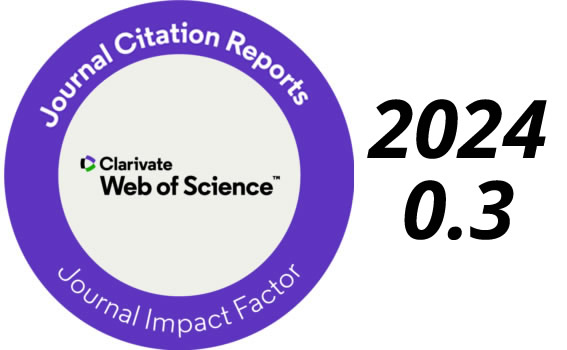Characterization of hydrological droughts for the Salado River, Oaxaca, Mexico
Keywords:
hydrological droughts, water scarcity, trend analysis Mann-Kendall test, Standardized Precipitation Index, ecological flowAbstract
In water resources management, hydrological drought should be considered a likely phenomenon. In the Mixteca municipalities of Oaxaca, which depend on surface water, the lack of water for irrigation during dry periods results in economic losses. The severity, duration and time of occurrence of droughts from 1972 to 2001 were defined in order to characterize hydrological droughts for the Salado River, which supplies the Cañón de Tonalá dam located in Santo Domingo Tonalá, Oaxaca, Mexico. The Mann-Kendall statistical test was used to identify trends in the duration and severity series. Growing trends were detected for both series (level of significance of 0.05), which are related to persistent negativeSPI (Standardized Precipitation Index) values from 1987 to 2001 and increased irrigated agricultural area. Based on a threshold of 0.47 m3s-1, it was determined that the most severe hydrological drought occurred in 1993, with a deficit of 5.0 hm3 and a duration of 148 days. The results will contribute to understanding regional hydrological processes and provide information essential to creating drought mitigation strategies.
Downloads
Published
2013-05-03
How to Cite
Álvarez-Olguín, G., Cisneros-Cisneros, C., & Pedro-Santos, E. C. (2013). Characterization of hydrological droughts for the Salado River, Oaxaca, Mexico. Tecnología Y Ciencias Del Agua, 4(2), 55–70. Retrieved from https://www.revistatyca.org.mx/index.php/tyca/article/view/353
Issue
Section
Articles
License
By Instituto Mexicano de Tecnología del Agua is distributed under a Creative Commons Attribution-NonCommercial-ShareAlike 4.0 International License. Based on a work at https://www.revistatyca.org.mx/. Permissions beyond what is covered by this license can be found in Editorial Policy.









